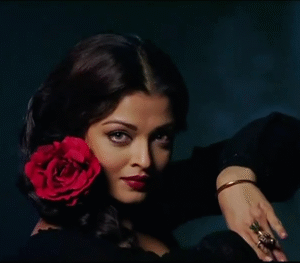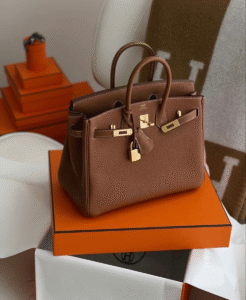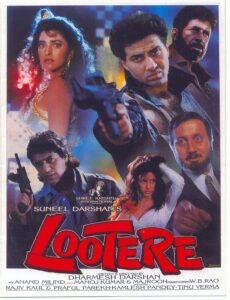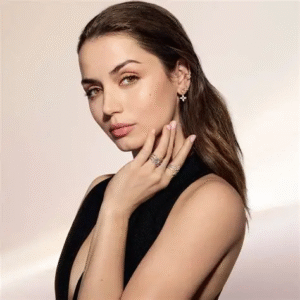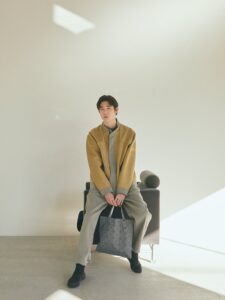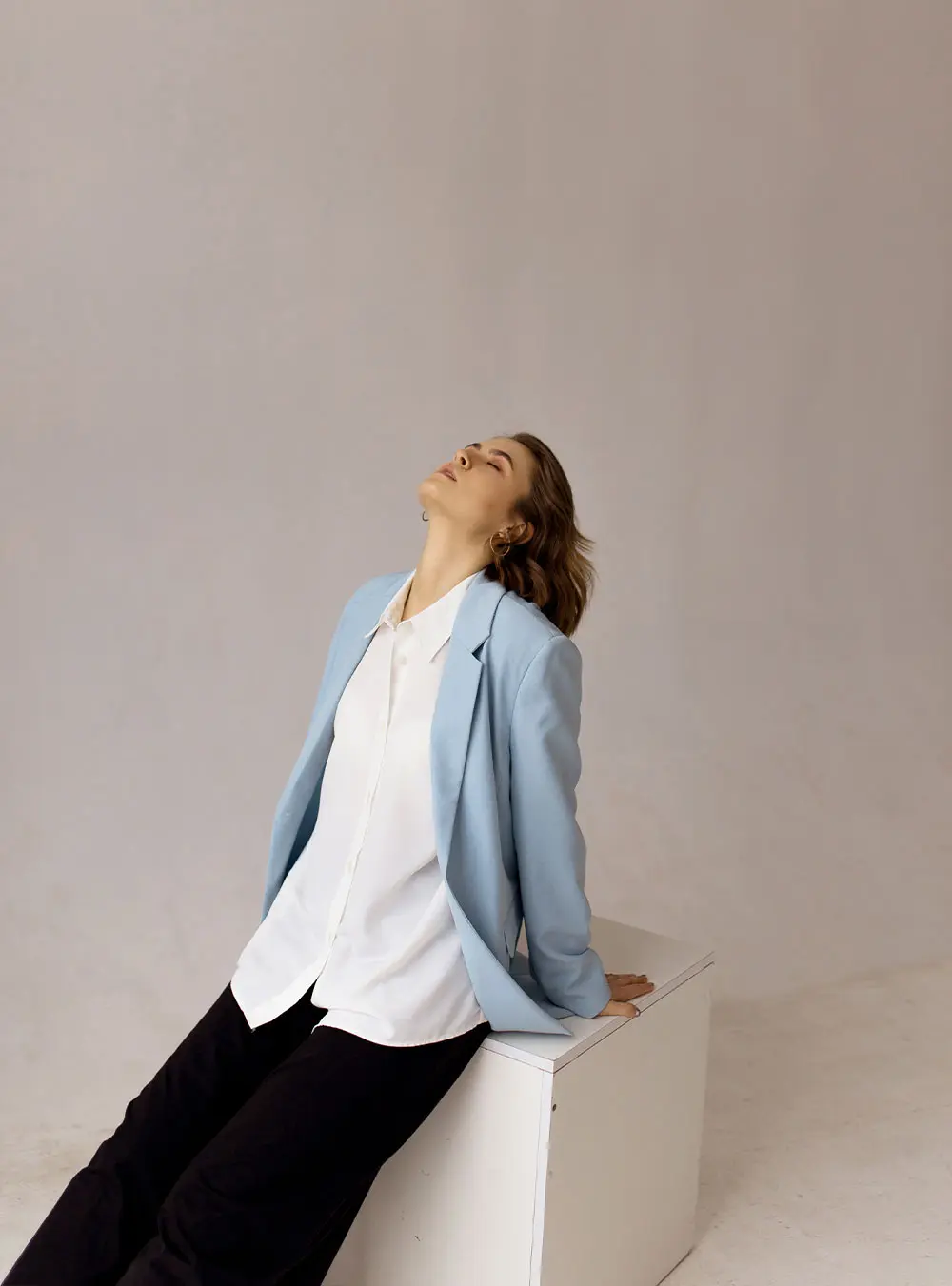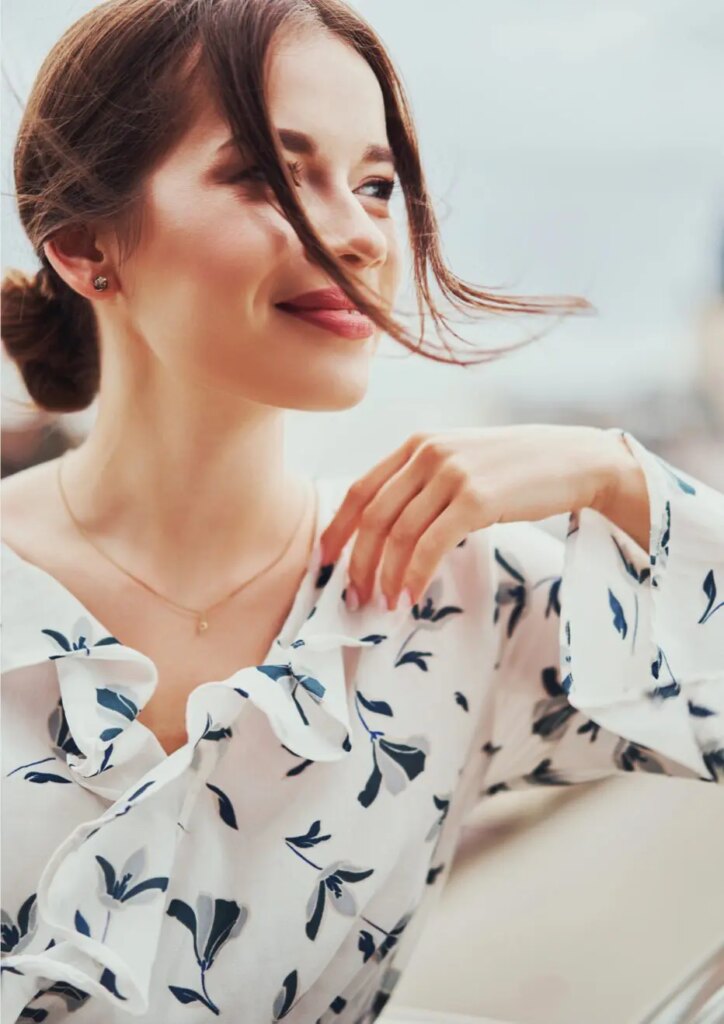Earlier this year, US based Singaporean Photographer Zhang Jingna was declared the victor in her long and tiresome battle against figurative artist Jeff Dieschburg. The photographer was engaged in a copyright battle against the European artist in Luxembourg, for the infringement of her rights in a photograph of the South Korean Model Ji Hye Park for Harper’s Bazaar Vietnam in November 2017.
Did Inspiration Turn into Imitation? The Heart of the Case
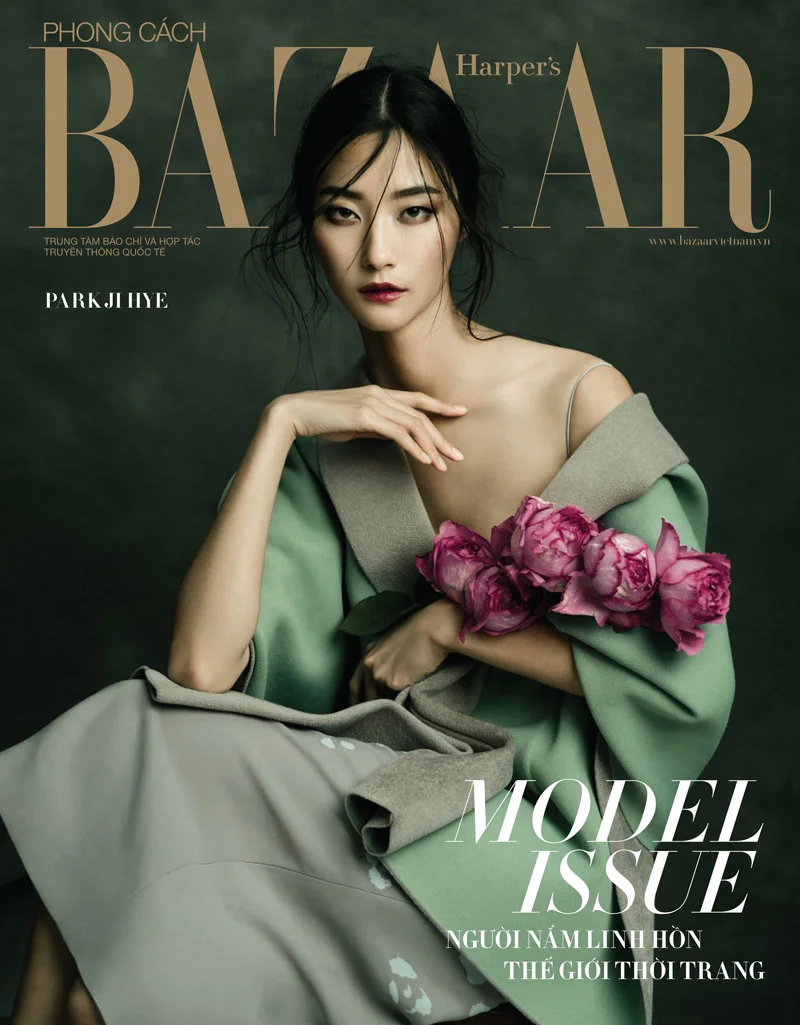
The photograph shows a young woman of Asian origin against a dark green background. With her shoulders turned to the left, she is shown in a three-quarter back view. His head rotates to the left revealing his face in three quarters. She stares at the viewer. Her pale green garment falls on her bare shoulders and back and she holds a bouquet of flowers. She is sitting on a dark wooden chair visible at the bottom right side of the image.
The painting submitted by Dieschburg on a prima facie can be deemed to be a replica of the above described photograph, with the subject resembling the model Ji Hye Park, along with her attire, post, hairstyle and even the bouquet of flowers. The painting was submitted by Dieschburg in a local competition in Strassen, Luxembourg in 2022 winning him a cash prize of 1500 euros and the opportunity to exhibit the same at the Contemporary Art Biennale in Strassen.
Zhang Jingna in an online confrontation with the artist was met with strong opposition and denial and promptly proceeded to file a lawsuit against the artist for copyright infringement at a district court in Luxembourg.

The lawsuit sparked a debate within the netizens being divided on the fine line between “inspiration” and “plagiarism”. With fellow photographer’s coming forward and sharing similar instances, where their work was copied/plagiarised, while others stressed on the “transformative” elements of copyright and the difference between the mediums of the photographer and the artist.
However, the artist was not met with proper recourse, as the district court although found her claims to be admissible, it deemed them to be not “well-founded” and thereby dismissed the case, since it held that there wasn’t enough evidence for the photographer to substantiate not only her exclusive ownership over the copyright of the photograph, provided it was a collaborative effort of multiple creatives including the stylist, the hairdresser, the talent (model) etc. as well as lack of evidence to substantiate the infringement by the artist. Thereby the court held that while the claims of the photographer had legal standing, she had failed to convince the court that an actual copyright violation had occurred.
Accordingly, both Zhang and Dieschburg filed appeals in the Luxembourg court of appeal, with the former claiming the decision of the district court to be in error, and the latter claiming that Zhang should not have been allowed to file the case in the first instance since it lacked any merits.
From Canvas to Courtroom: The Dramatic Face-Off
The Luxembourg Court of Appeal held that the photographer’s claims were admissible and had the right to sue. It confirmed that since Zhang had a legitimate interest in the case and she could potentially benefit from a favourable ruling, meant that her claims had a legitimate standing in the court of law.
The Court of Appeal on Originality, Authorship, and Collaboration
In order to understand the decision of the Court of Appeal let’s look at the following articles 5, 6 and 7.
Under the terms of ARTICLE 7, “authorship belongs, unless proven otherwise, to the person or persons under whose name the work is disclosed. »
The Law further provides in ARTICLE 6 that “ a “directed work” is a work created by several authors on the initiative and under the direction of a natural or legal person who publishes or produces it and discloses it. under its name, and in which the contribution of the authors participating in its development is designed to be integrated into this whole. Unless otherwise provided by contract, the natural or legal person under whose name the directed work was disclosed is vested with the original property and moral rights of authorship in the work. »
ARTICLE 5 of the Act provides that

“ 1. When copyright is undivided, their exercise is regulated by agreement. In the absence of an agreement, none of the co-authors can exercise them in isolation, except for the courts to rule in the event of disagreement.
2. However, each of the co-authors remains free to pursue in his own name and without the intervention of the others, any infringement of copyright and to claim damages for his part on condition of calling into question the others co-authors.
3. When the contribution of the co-authors in the collaborative work can be individualized, each of them may, unless otherwise agreed, exploit their personal contribution in isolation provided that this exploitation is not done with that of another co-author and that “it does not harm the common work”.
As per the contentions of Dieschburg, the photograph was a collaborative effort and had been published for and initiated by the magazine. Accordingly, it imposed that the photographer was not the actual owner of the copyright and not eligible to initiate the proceedings against him.
However, the court held that there was not enough evidence for the photograph to be deemed as a “directed work” under article 6, since there was no proof that the image had been published under the name of the initiator, while the contrary claim, that the image had been disclosed in the name of Zhang and thereby a favourable presumption of ownership under article 7 would apply to the instant case.
With respect to article 5, the court ruled that the onus to prove that Zhang was not the sole owner of the photograph and there were other authors involved, lay on Dieschburg.
The court held that in order for the photograph to constitute itself as a collaborative work, the respondent would have to prove that the role of the others involved in the photoshoot namely the stylist, the hairdresser, the model/talent, the creative director of the magazine etc. was not merely preparatory and exceeded the role of a simple technical performer. It held that there must be a manifestation of personality on the part of the alleged “contributors” for the same.
With respect to the question of “originality” the photographer Zhang provided a detailed explanation of her role as a photographer in the shoot.
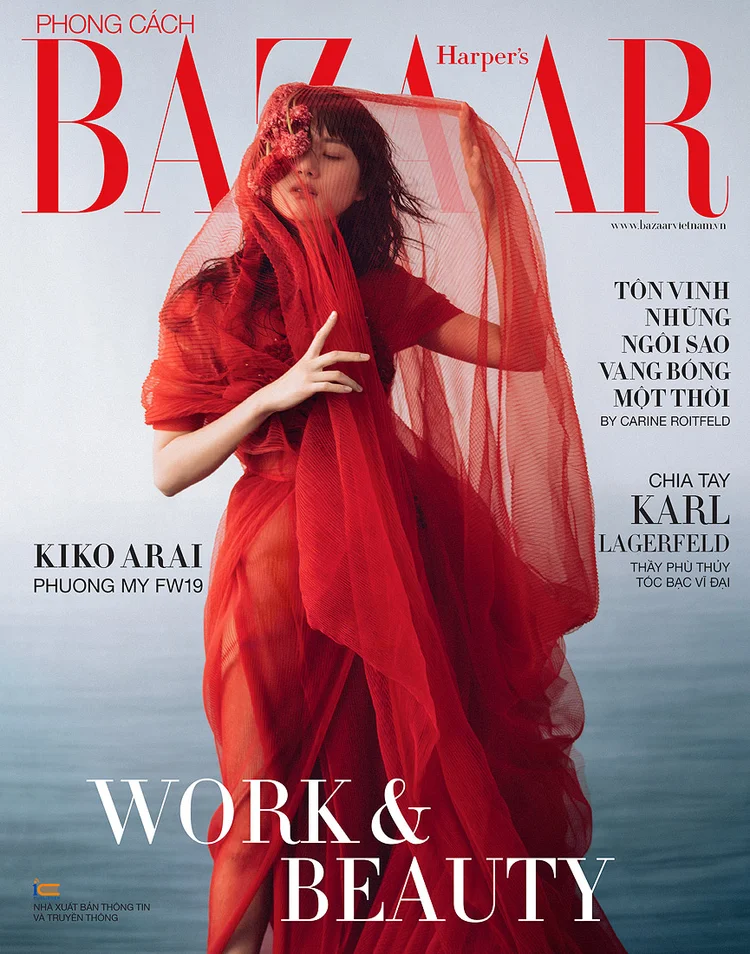
She explains that she is a photographer known for a unique artistic style of her own and a specialisation in artistic portraits which are composed and worked in such a way that they resemble a painting and are located at the crossroads of Eastern classicism and Western modernity. Zhang submitted that her works were eligible to be exhibited and accordingly she was eligible to be deemed an artist. Furthermore, given her experience and expertise in the subject she was even capable of acting as a teacher of the subject.
Finally, Zhang stressed on the fact that the copyright over the picture/photograph was to be taken as a whole and not in separate elements, contrary to what was being proposed by the defendant.
The court also observed that the commercial nature of the photograph or its use as advertisement would not prevent the copyright holder from claiming protection under Law.
Accordingly, Zhang also presented several testimonies which substantiated that she had complete creative freedom during the photoshoot and her role as an art director as well as photographer in the production of the image.
Dieschburg also stressed on the fact that the photograph was an imitation of the 19th century aesthetics, and there was nothing new about the pose of the model nor the arrangement of the flowers, however the court held that for something to be deemed “original” it need not be “new”. The court held that the threshold of originality included the personal impression of the author, which Zhang further emphasised on by submitting her previous works to prove that there was a clear imprint of her personality in the work produced by her as a photographer.
Painter’s Defense: “Pastiche” and Creative Freedom
So was there an infringement after all ?

The Court when deciding on this matter examined the decision rendered by the court of Landgericht Berlin dated November 2, 2021 in an Eder/Conway and the exception of “pastiche” discussed in Article 10 (6) of the Act which can be invoked when there is an “aim to mock the work being parodied” and only when “the elements strictly necessary for the caricature” have been included.
The judgement held that in order to decide on the matter of infringement/plagiarism, one was required to assess the similarities between the two works rather than the dis-similarities.
In this case, there would be strong similarities between the painting produced by Dieschburg and the Photograph, in terms of:
He would have been inspired by Photography for his painting which would have modified and transcribed
- the dress worn by the model, the support of the dress at shoulder level and of the different folds of the dress,
- of the way in which the model’s hair falls on the face,
- of the dark background,
- of the exact physiognomy of the model,
- of the pose although inverted,
- of the composition exact flowers held by the mode
The fact that the painting in question would be part of a diptych would not matter, since the appellant’s work would remain recognizable. Only in the event that the Photograph would no longer have been recognizable in a larger work, copyright infringement would be ruled out.
The Court’s Verdict: Justice for Zhang Jingna and Copyright Infringement
I won. I won my appeal.
— Jingna Zhang (@zemotion) May 10, 2024
The Luxembourg court has ruled that Jeff Dieschburg infringed upon my copyright when he used my work without consent.
Using a different medium was irrelevant. My work being 'available online' was irrelevant. Consent was necessary. 1/ pic.twitter.com/f9GrmUScCY
The court held that the resemblance between the photograph and the painting was of a higher degree leaving no scope for the exception of pastiche to apply and affirming Zhang’s claims of copyright infringement.
Consequently, the court ordered the “cessation of any act of reproduction, which amounts, according to her (Zhang) , to the destruction of the painting already made, adaptation, distribution, sale and communication to the public containing the essential elements of Photography seeks the cessation of the violation of its copyrights” along with the payment of a penalty of 1,000 euros per day and per violation noted from the delivery of the decision to be taken, if not from the notification of the decision to be taken, up to a maximum amount of 100,000,- euros, otherwise any other amount.
The court’s ruling in favour of Zhang Jingna highlights the thin line between inspiration and plagiarism. The court placed a lot of importance on “originality” and “authorship” in the preservation of copyright ownership of the photographer provided the nature of the photoshoot and the purpose of use of the image. The outcome also sets a precedent for how courts may handle similar cases in the future, emphasising the need for clear evidence of originality and authorship. In the end, Zhang’s perseverance not only secured her own rights but also strengthened the broader community of creators who rely on the legal system to uphold their artistic contributions.

